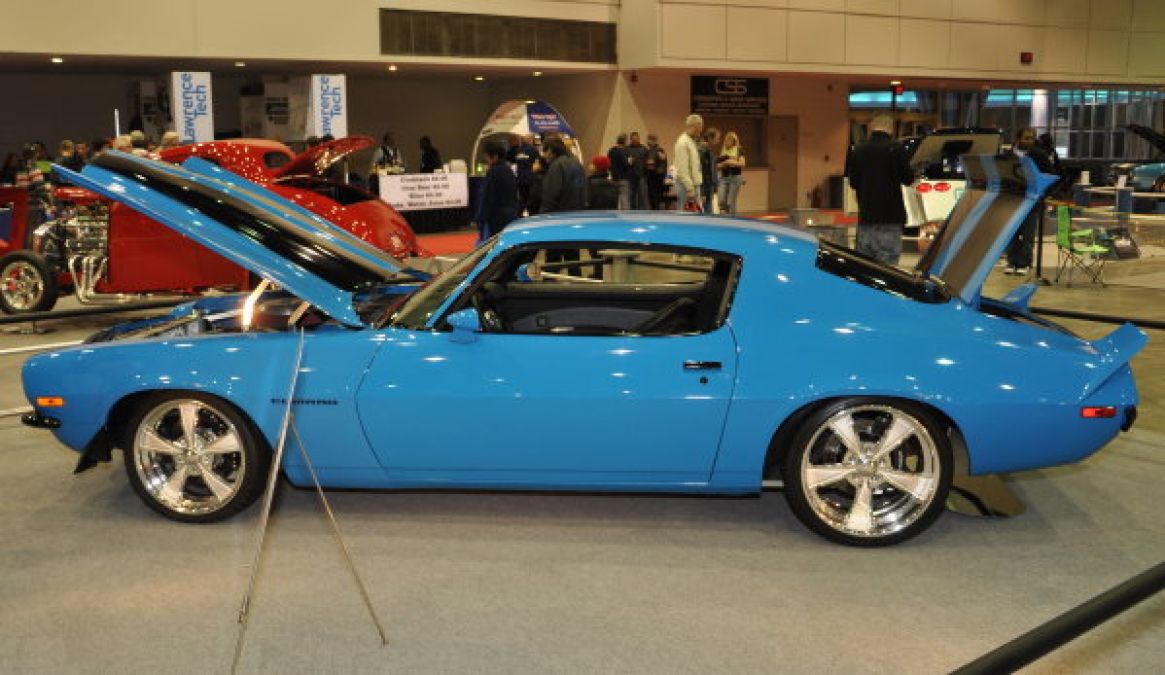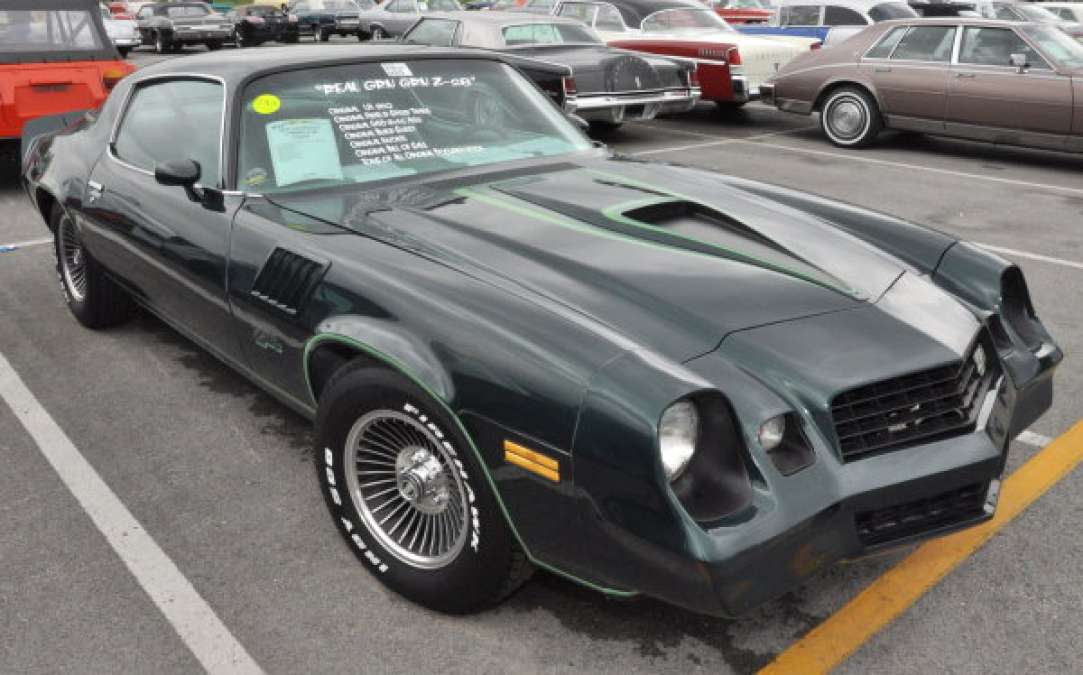Earlier this week, General Motors offered up a brief history of the Chevrolet Camaro engines and while informative, I thought that I would build on that piece and look at a wider variety of the engines offered across the past 48 years. Today, we look at the second generation Camaro, which was introduced for the 1970 model year and ran through the 1981 model year. In this generation of the Camaro, we see the fall of the big block V8, the rise of emission regulations, the decline of power and the first Camaro V6.
1970
When the second generation Camaro was introduced for 1970, the engines from 1969 were carried over, with the exception of the least powerful inline-6. The 1970 396 engines were actually 402 cubic inches, but GM continued calling them 396 V8s. New for 1970 was the LT1 V8 from the 1969 Corvette, which was available in the 1970 Camaro Z/28, offering 360 horsepower and serving as a far better engine for the built-to-handle Z/28.
1971
For 1971, General Motors moved to have all of their engines adjusted to run safely on low octane gasoline, which had the biggest impact on the biggest engines. When coupled with the then-new SAE power ratings, things looked much worse than they really were for the 1971 Camaro. The inline-6 and lower performance V8s didn’t receive any changes, but the standard 350 dropped to 275 horsepower, the LT1 350 dropped to 330hp, the two 396 big blocks dropped to 260 and 300hp.
1972
1972 saw more power drops for the Camaro, with new rating requirements had the engines tested with the full load of accessories, so while the power levels didn’t actually drop, the way that they were marketed made things look worse than they really were – again. 1972 was the final year for the SS350 and SS396 engines, while the LT1 V8 dropped to 255hp and the non-SS 396 was down to 240hp.
 1973-1975
1973-1975
Through 1973 and 1974, there were no longer any big block engines for the Camaro and the most powerful V8 was a 350 with 245 horsepower. When catalytic convertors were mandated for 1975, the Z28 was discontinued and in addition to the base inline-6, the only V8 options were a pair of 350s with either 145 of 155hp.
1976-1979
In 1976, the base model Camaro engine was a 250 cubic inch inline-6 while V8 options packed 140 or 165 horsepower. In 1977, the Camaro Z28 returned with a 185hp 350 V8, while the non-Z V8s offered 145 of 170hp and while these lower performance engines remained relatively unchanged in 1978, the Z28 in '79 dropped to 175hp.
 1980 and 1981
1980 and 1981
In 1980, the engine lineup was revamped as the company prepared for a new generation Camaro, beginning with a new 3.8L V6 based engine followed by a new 4.4L V8 with 120hp in all Camaros but the Z28 – which had 190hp from the 350 V8. In 1981, the Z28 got a cut of 10 horsepower in non-California models with the 350, while those models sold in the Golden State had a 302 with 165hp. The V6 and base V8 remained unchanged in the final year of the second generation Camaro.
If you missed part one of our Camaro engine history, click here, and stay tuned for part three – where we touch on the third gen Camaro.






Comments
The information on the exact
Permalink
The information on the exact horse power for the 1980 Camaro Z-28 is wrong. The power was 190 horse power. This was up from 175 horse power from the year before. The 1980 z-28 added a functional air induction, which contributed to the 15 horse power increase. They also increased the stall on the torque converter from 2100 rpm's to 2400. I know because I had one. It had the LM1 motor, which was slow compared to todays engines.
Edited, thank you!
Permalink
In reply to The information on the exact by Scott Koenig (not verified)
Edited, thank you!